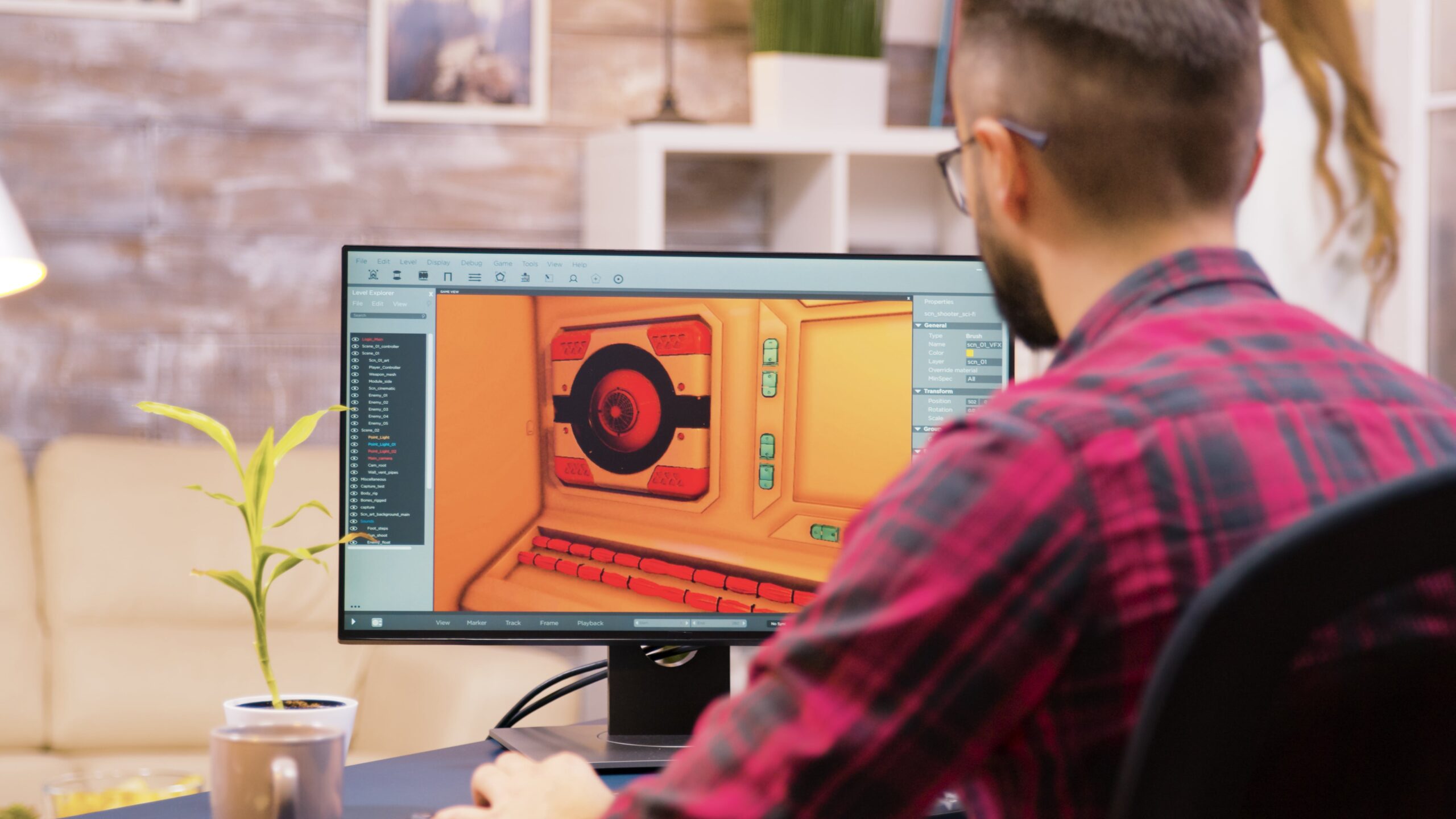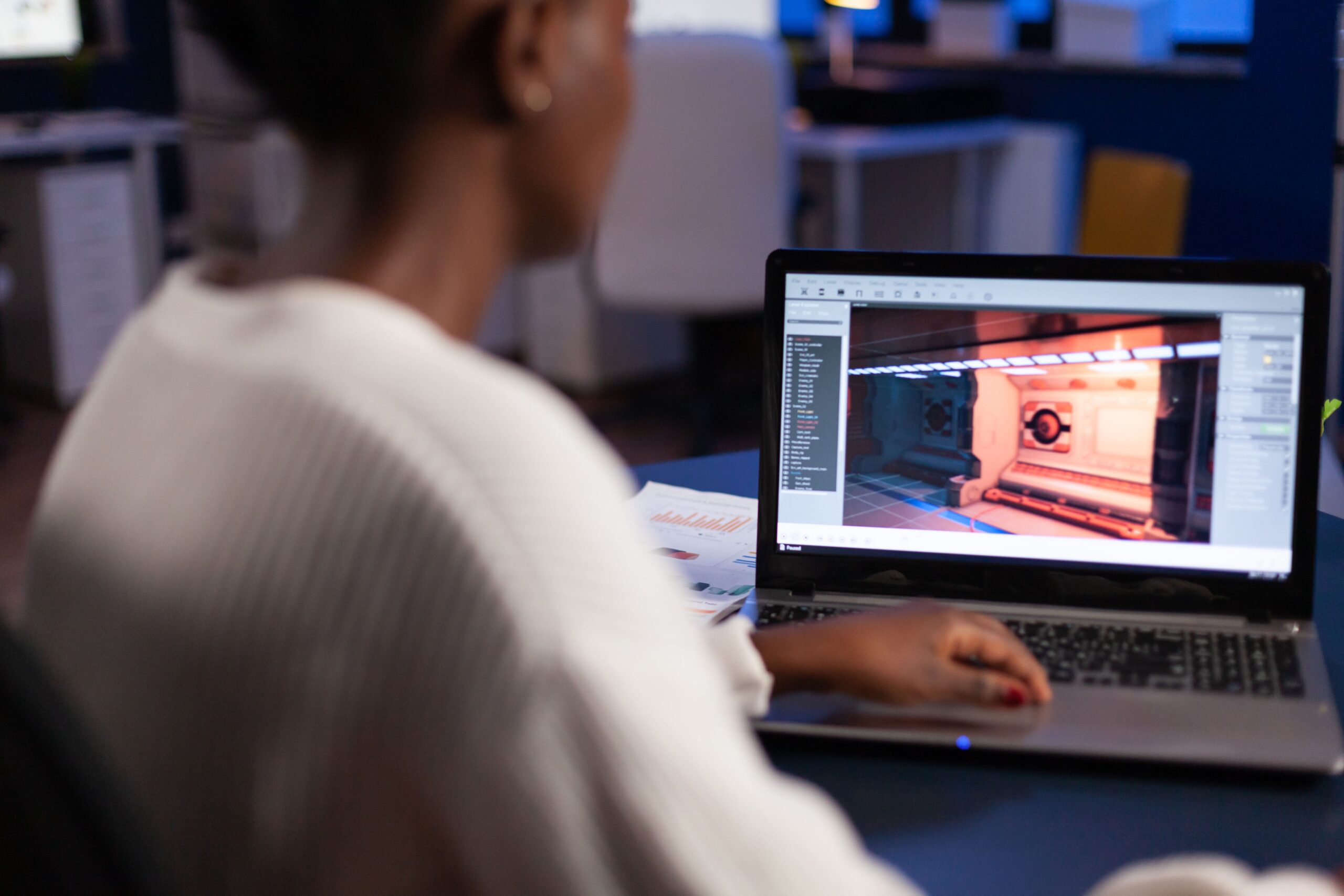Onion skinning in animation is a valuable technique that helps animators create smooth and cohesive motion sequences by overlaying multiple frames to see how objects move across time. This method, used in both traditional 2D and modern digital animation, enhances consistency, timing, and flow—essential qualities for lifelike animation.
How Does Onion Skinning Work
To understand the technique, it’s important to grasp how onion skinning functions within the animation process. Onion skinning displays translucent overlays of previous and upcoming frames on the current frame, providing animators with a visual guide to motion. This allows them to maintain smooth transitions between poses, ensure consistent proportions and spacing across frames, and visualize the path of motion for more fluid animations. It’s especially useful in character animation, where precision in movement and expression is crucial.
Benefits of Onion Skinning
Onion skinning offers numerous practical benefits that help animators refine their craft and improve workflow:
- Improved consistency: Maintains continuity in character proportions and movement.
- Enhanced fluidity: Allows smoother transitions between keyframes and in-betweens.
- Error reduction: Makes it easier to spot and fix motion inconsistencies.
- Professional polish: Results in more refined and realistic animations.
Applications of Onion Skinning
This versatile technique applies to both traditional and digital animation methods. In traditional setups, artists use light tables or transparent sheets to overlay drawings and track movement. In digital tools such as Adobe Animate, Toon Boom Harmony, and Krita, onion skinning features enable animators to adjust opacity and frame visibility for precise control. Whether for 2D, 3D, or stop motion animation, onion skinning remains a fundamental production tool.
Top 10 Jobs That Utilize Onion Skinning in Animation
Many creative professions rely on onion skinning to produce high-quality, consistent motion:
- Character Animator: Brings characters to life with realistic movements and expressions.
- Storyboard Artist: Visualizes scenes and transitions for smoother storytelling.
- Motion Graphics Designer: Creates dynamic and visually appealing motion designs.
- 2D Animator: Animates characters and backgrounds in traditional and digital projects.
- Visual Development Artist: Uses onion skinning to maintain design consistency across frames.
- Background Designer: Aligns animated characters with background environments.
- Effects Animator: Produces fluid effects like smoke, water, and explosions.
- Stop Motion Animator: Visualizes physical movements frame by frame.
- Multimedia Artist: Designs interactive animations for web and digital platforms.
- Independent Animator: Utilizes onion skinning for efficient solo or small-team productions.
Best Practices for Using Onion Skinning
To maximize its benefits, animators can apply these practical guidelines:
- Set the number of visible frames according to animation complexity.
- Adjust overlay opacity for clarity without distraction.
- Analyze arcs, spacing, and timing to ensure smooth motion.
- Experiment with settings to match your animation style.
- Combine with techniques like keyframing and easing for professional results.
Challenges of Onion Skinning
Despite its usefulness, onion skinning can pose challenges when overused or poorly managed. Multiple overlays may clutter the workspace and cause confusion in complex scenes. Excessive dependence on visual references can also limit an animator’s intuitive understanding of timing and rhythm. Maintaining a balance between visual aids and natural motion sense is key to mastering this tool effectively.
Innovations in Onion Skinning Technology
Recent advancements in animation software have made onion skinning more flexible and creative. Modern tools include color-coded overlays, adjustable opacity levels, and selective frame visibility for better control. Some programs even feature automatic in-betweening that helps generate smoother transitions. These innovations enhance workflow efficiency and allow animators to focus more on artistry and storytelling.
Mastering Onion Skinning for Exceptional Animations
Consistent practice is the key to mastering onion skinning. By developing precision and timing through experimentation, animators can achieve smoother, more natural results. Understanding the relationship between motion, spacing, and rhythm elevates animation quality and makes the creative process more intuitive and rewarding.
The Future of Onion Skinning in Animation
As animation technology evolves, onion skinning continues to play a vital role in production pipelines. With increasing demand for high-quality visual storytelling across industries, animators who master this skill will remain in high demand. Future tools will likely offer even more automation, customization, and creative flexibility.
Conclusion
Onion skinning is more than just a visual reference—it’s a core principle that enhances precision, realism, and flow in animation. By mastering its use, balancing visual aids with intuition, and embracing new innovations, animators can bring their creative visions to life with exceptional clarity and craftsmanship.
Key Takeaways:
- Onion skinning improves animation quality by visualizing multiple frames for seamless motion.
- This technique is essential for character animators, storyboard artists, and effects animators in creating compelling animations.
- Mastering onion skinning requires practice, experimentation, and a deep understanding of animation principles.
- Technology advancements continue to enhance onion skinning tools, empowering animators to create more efficiently and creatively.
To further enhance your animation skills and explore career opportunities in the industry, consider enrolling in the NYU Animation Industry Essentials online course and certificate program offered by Yellowbrick. This comprehensive program can provide valuable insights and practical knowledge to help you succeed in the dynamic world of animation.








